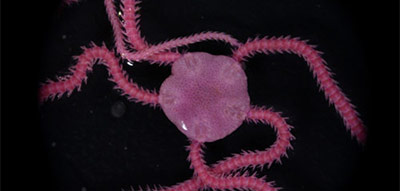Welcome to the Environmental Technology Laboratory at ARL:UT
About ESL
Environmental Sciences Laboratory (ESL) researchers design, build, test, and support tactical sonars, surveillance sonars, and measurement and analysis systems for use on the ground, in aircraft, and at-sea to full ocean depth. ESL contributes high quality technical expertise in ocean acoustics, propagation, signal processing and array design, and undersea warfare system performance. The primary sponsor for this research is the U.S. Navy, and most of the work is focused on anti-submarine warfare applications. ESL also leverages its expertise in acoustics and signal processing to assess and measure ocean environments.
Research Areas
- Surveillance and Tactical Sonar Systems
- Specialized Measurement and Processing Instrumentation
- Acoustic Propagation Modeling and Data Analysis
- Advanced Signal Processing Algorithms
Research Spotlight
The Seabed Characterization Experiment (SBCEX) took place in 2017 at the site of the New England "Mud Patch" south of Cape Cod. This region is characterized by smooth bathymetry and a high content of silt and clay sized particles. The main objectives of SBCEX were to study propagation in fine-grained sediments, quantify uncertainties in seabed parameters, and assess the resulting geoacoustic models and inversion methods.
About banner photo
No content area
About the Banner
Base camp on the Arctic sea shelf, where ESL scientists worked on sound propagation.


